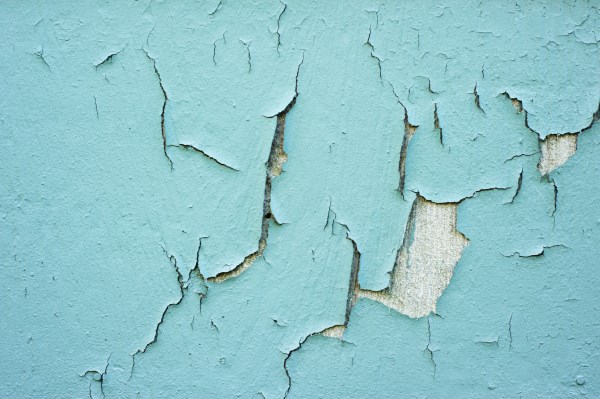There’s no question that lead in homes is still a problem in many areas including our own. It’s well documented that the loss of IQ and cognitive functioning in many cases can be attributed to exposure to lead in the environment.
It’s been known for decades that the main source of lead exposure for children is lead-based paint in homes. However, removing all lead-based paint from an older home would not only be impractical, it would also be unnecessary. Lead paint is only a problem when it is accessible for ingestion or inhalation. This occurs in three major ways; when the paint is deteriorating (i.e. peeling, chipping, flaking, etc.), when the paint is on a friction surface (i.e. old windows), and when the paint is on a chewable surface (mouth-height sills).
However, when it comes to the demolition of lead-based paint structures, there are certain precautions that must be taken. According to the EPA, there are rules we must follow when you want to make renovations or partially demolish buildings that were built prior to 1978. However, if we are completely tearing down a structure, the rules set forth under the Lead Renovation, Repair, and Painting Rule don’t apply. We still use lead-safe practices during the total demolition process.
The most common way that lead gets into the body is through dust. The process of demolishing older housing generates dust that includes lead from interior and exterior lead-based paint.
This lead dust eventually falls and settles on surfaces. Our crew can inhale this lead dust and also track the lead dust to their homes and communities. Through inhalation and tracking, our workers, their families and communities, are all exposed to the hazardous effects of lead.
Therefore, it is important that we work to minimize exposure to lead dust for themselves, their families, and their community. Lead-safe work practices minimize lead-based paint dust and debris generated during demolition activities.
As a result, we follow these three protocols:
- containing dust inside the work area
- using dust-minimizing work methods
- conducting a careful cleanup during the demolition
At E & K Contractors, we take the demolition of lead-based paint structures very seriously. If you have a home or building that was built prior to 1978, and you want a partial renovation, or are interested in completely demolishing it, we will adhere to the guidelines set forth by the EPA to cut down any exposure to the toxins that could be generated from the paint.

